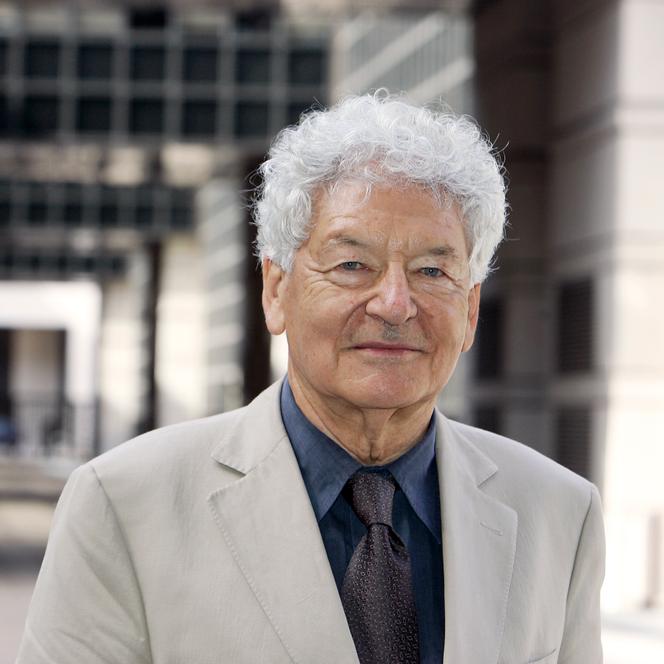


He was committed, cultured, brilliant and a sometimes scathing polemicist, but also courteous and very attentive behind his seminal blue eyes. Paul Chemetov, a major figure in French architecture and urban planning for over 50 years, died on June 16 at his Paris home. He was 95 years old.
The man who, until recently, still worked in his agency, was seen as the last giant of the social cause in the field of architecture. This position made him one of the most sought-after figures in the public debate on the future of construction in France. In June 2016, former French Minister of Culture and Communication Jean-Jacques Aillagon presented him with the distinction of Commander of the Légion d'honneur.
The Ministry of Culture's strategy for architecture as part of a law to protect and guarantee creative freedom gave Chemetov the opportunity to pursue a reflection that was always well-founded in the ills and failings of the architectural world, and its consequences on the city and its inhabitants, in his architecture.
Paul Chemetov was born on September 6, 1928, in the 16th arrondissement of Paris. He was the son of Russian-born Tamara Lvovna Blumine (1904-1985) and Alexandre Chemetoff (1898-1981), a graphic designer, typographer and children's illustrator better known as Chem. His son would later say that he had been influenced by his father's famous book Chacun sa maison ("To Each His Own", 1933), a photobook-game that is still in print, inviting youngsters to use images to associate children from around the world with their respective habitats. The war years were marked by his family's exile from Paris – his mother was Jewish and his father refused to work for the Vichy government. By his own admission, this attitude taught him "a human, moral and political lesson."
In 1946, the history-loving teenager who dreamed of becoming a philosopher joined the Communist Party and entered the Ecole Nationale Supérieure des Beaux-Arts (School of Fine Arts) in Paris. A few years earlier, he had been impressed by Le Corbusier's When the Cathedrals Were White (1937). "That first introduction convinced me that architecture was not possible without the strength of conviction and commitment," he told Pierre Lefèvre and Jimi Cheynut, authors of the book Parcours d'architectes ("Architects' careers", 2012).
Chemetov graduated from the Beaux-Arts in 1959, after working with André Lurçat (1894-1970), a founding member of the Congrès internationaux d'architecture moderne (International Congress of Modern Architecture, CIAM) alongside Le Corbusier (1887-1965), Jean Badovici (1893-1956) and Guillaume Gillet (1912-1987). In 1961, he joined the Atelier d'urbanisme et d'architecture (Urban Planning and Architecture Workshop, AUA), founded the previous year by urban planner Jacques Allégret (1930-2004), an unprecedented think tank in the France of the "Trente Glorieuses," referring to the 30-year period of economic growth in France between 1945 and 1975, which also involved Jean Perrottet, Jean Tribel, Michel Corajoud, Henri Ciriani and Jacques Kalisz. Most of them belonged to a generation "marked by Le Corbusier's designs," as Chemetov confided to François Chaslin on radio station France Culture in 2012.
You have 67.3% of this article left to read. The rest is for subscribers only.
